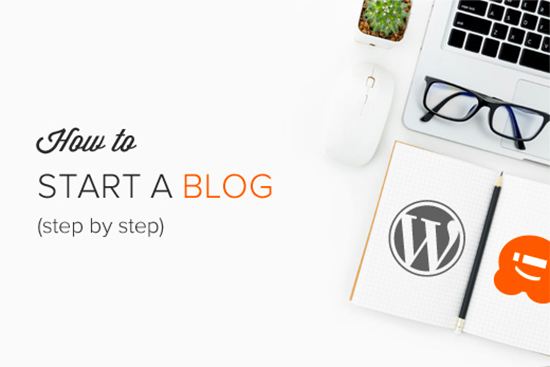Before you can start writing and publishing your content, you need to set up your WordPress blog. You can start by installing WordPress, choosing a theme, adding plugins, and creating a content calendar. Once you have these steps in place, you’re ready to begin writing. If you don’t know how to do these, this article will help you get started. Read on to learn how to start writing and publishing your content in WordPress!
Installing WordPress
After downloading and installing WordPress, you will need to create an account by entering your domain name, an administrator username, and a password. These will be used to log in to the WordPress Admin Panel and to view your blog. Next, you will need to choose a theme and add content to your blog. Once these steps are complete, you will be ready to publish your first post! Follow the steps below to install WordPress for your blog!
Once you’ve finished downloading the software, install it onto your site. It’s easy to install WordPress on your blog. To install WordPress, all you need to do is go to your host’s control panel and choose the language you want to use. Once you’ve selected your theme, you’ll be prompted to fill out some information about your blog’s settings and database. Enter this information and WordPress will automatically detect the settings and run the installation.
Choosing a theme
Choosing a theme for a WordPress site is not an easy process, especially for those who are not tech-savvy. Once you’ve selected the base layout of your site, you’ll need to choose a WordPress theme. You can choose a theme with a fully featured landing page or a simple blog archive. This step will help you narrow down your options and find a theme that fits your needs.
Before choosing a theme, try to visualize what you want your website to look like. Make a list of the cosmetic features you would like your site to have, and sketch out a mockup. If you’re not sure what you want, look at similar websites. If possible, browse through some of the most popular blogs and ecommerce shops to determine the features they use most often. If you’re not sure what you’re looking for, read reviews from third-party sources. Make sure that their reviews are unbias and free from affiliate links.
Adding plugins
Plugins for WordPress are essential to your blog, and many are free. There are also paid plugins, though most of these can be found on the developer’s website. Typically, free plugins provide most of the functionality you need. Some of the popular free plugins include security, SEO, image compression, and eCommerce. Paid plugins tend to be more advanced and offer a more detailed feature set. This is known as the “freemium” model.
Adding plugins to a WordPress blog is a great way to extend your functionality and increase its SEO. You can also add social media buttons, contact forms, and even create custom themes, all through plugins. In fact, a WordPress blog can become its own mini-platform, thanks to the plugin ecosystem. Plugins are separate from the core code of WordPress, meaning you can remove them and still have a fully functional blog.
Creating a content calendar
If you’re running a WordPress blog, it can be a huge time saver to create a content calendar. By mapping out when and what you plan to post, you can be more productive and profitable. You can plan out your posts in advance, and you’ll have more time to look at trends and fresh ideas. But, if you don’t have time to plan out your content, it’s still possible to create a schedule that will get you started.
Once you’ve identified the topics and themes for your content, you can start mapping out the exact days you plan to publish them. If you have several topic clusters and verticals, it’s best to prioritize the most relevant ones first. This will allow you to spread your time evenly between them. Once you have your schedule, you’ll know how many posts you need to create each week. You’ll also be able to identify the best times of the year for each topic.
Creating a posting schedule
When you start creating a schedule for your WordPress blog, you should consider scheduling posts in advance. Luckily, WordPress offers some options for scheduling articles, but there is no cohesive way to manage your editorial calendar. You may wish to sign up for a paid service to manage your editorial calendar, like CoSchedule. You can use the service for free for 14 days, but it does require payment information.
Creating a schedule for your WordPress blog is an important part of maintaining a blog, but it can be a time-consuming process. Using WP Scheduled Posts can help you automate this process and ensure that fresh content is published regularly. You can set up a schedule for a specific day and time, and your WordPress blog will release your prepared posts. With a little planning, scheduling posts can become a breeze!








